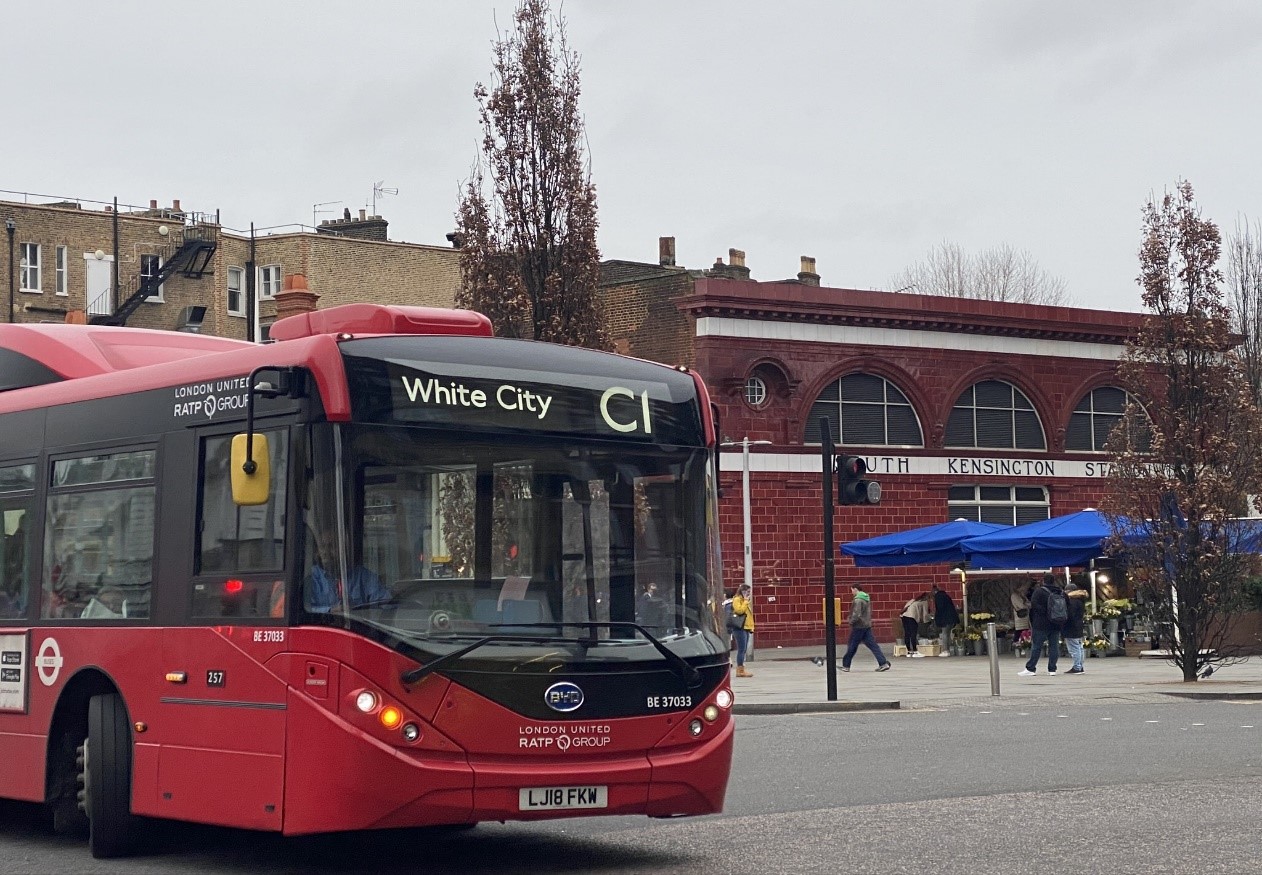
If reviewing the hierarchy of transport modes has demonstrated that active travel like walking and cycling cannot deliver the transport needs, there can be a temptation to assume that a need for public transport means a choice of heavy rail as a solution. There are a number of options that can address public transport needs and these should be carefully considered based on the distance travelled, the cost to build and operate and the number of people who are likely to travel. Depending on the type of transport problem, there may be a need to integrate with an existing network and that might drive the determination of the solution.
Some modes are better at penetrating city centres or are more flexible on route changes, and that might also be important in some cases. The carrying capacity and frequency may also be a key consideration in relation to the likely demand. Alternatively, reliability may be a key factor and modes that can be segregated from car traffic may be preferable. Ability to integrate into an existing transport network, and the availability of companies to manage the operation, including maintenance of vehicles and revenue may also be a factor.
A presumption of mainline rail risks overlooking modes that better address the transport problem. These can include:
- Buses
- Light rail
- Trams
- Tram Train
- Inter modal improvement schemes
There are a number of tools that can be used to help assess the most suitable modes for the transport problem.
Often more than one mode of transport will deliver the basic capability of capacity, speed, etc. and this is where other factors must be considered, such as the need to integrate with existing networks, long term expansion capability, whether a particular mode meets the needs of the potential users, and technological risk amongst others. Consideration of environmental impact will normally also be an important criterion, with noise, pollution, and the ability to make use of low carbon energy sources all key issues.
You need to actively consider each potential transport mode, which may include route variations, to see what the advantages and disadvantages of each would be against all the relevant criteria. Being able to demonstrate that you have done this comparison in a fair and transparent way will be important in justifying your choice of transport modes to potential funders.
In some cases the transport needs might be best delivered by a mix of modes, for example a rail or tram route coupled with onward bus feeder services or cycles routes.
When you finish this process it is important to review and check that the preferred modes of transport would be capable of delivering the strategic objectives of the scheme.
Industry partners are currently developing an assessment framework for helping promoters make these multi modal choices using a sequence of relevant decision making.
The framework is not yet ready for publication but the key stages are summarised in this document: Multi Modal Selection Tool
The Transport Mode comparison tool can help you consider potential transport modes by working on some simple criteria. This is only an indicator of course and a holistic view still needs to be taken on which mode, or modes, might need to be focused on for a specific project.